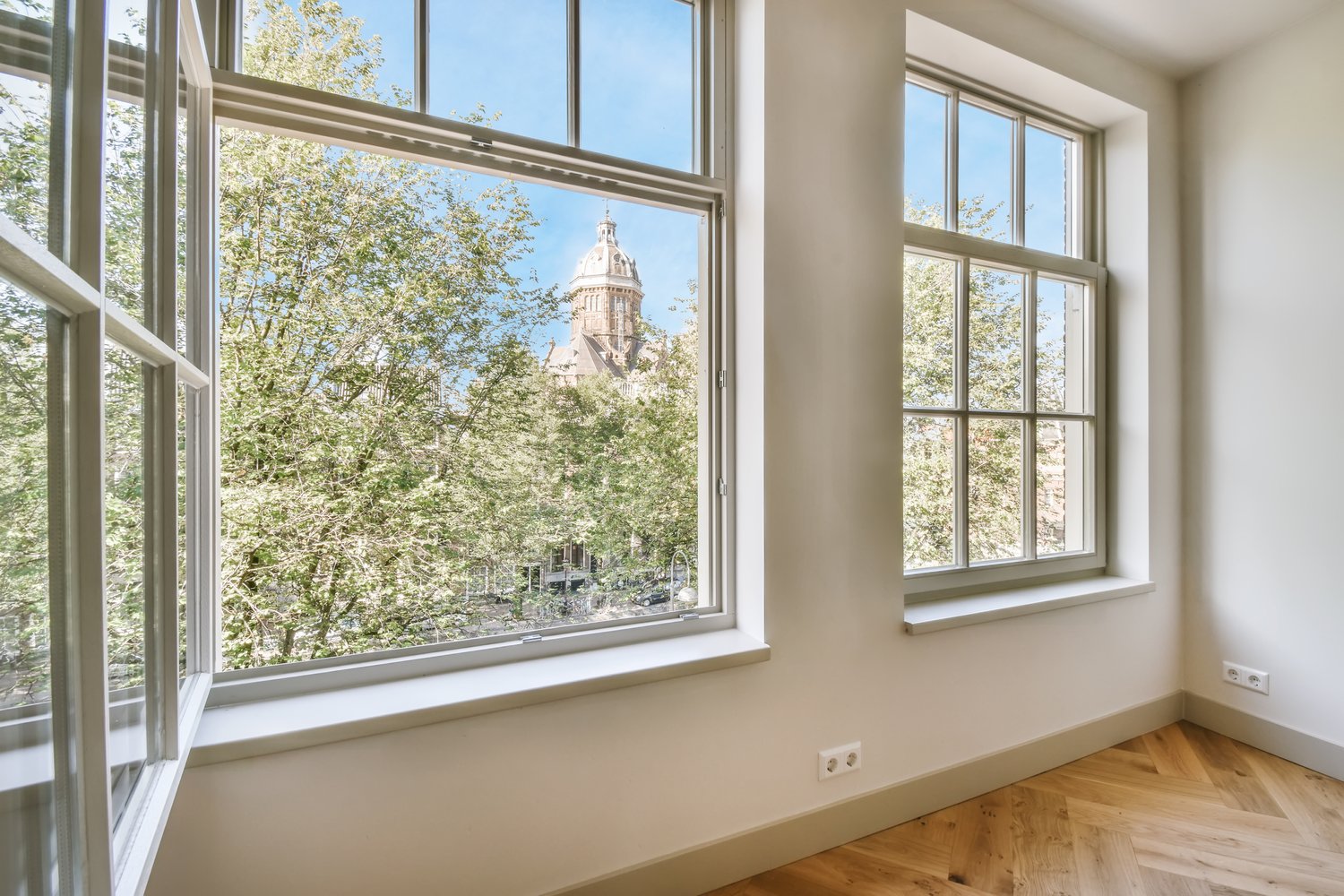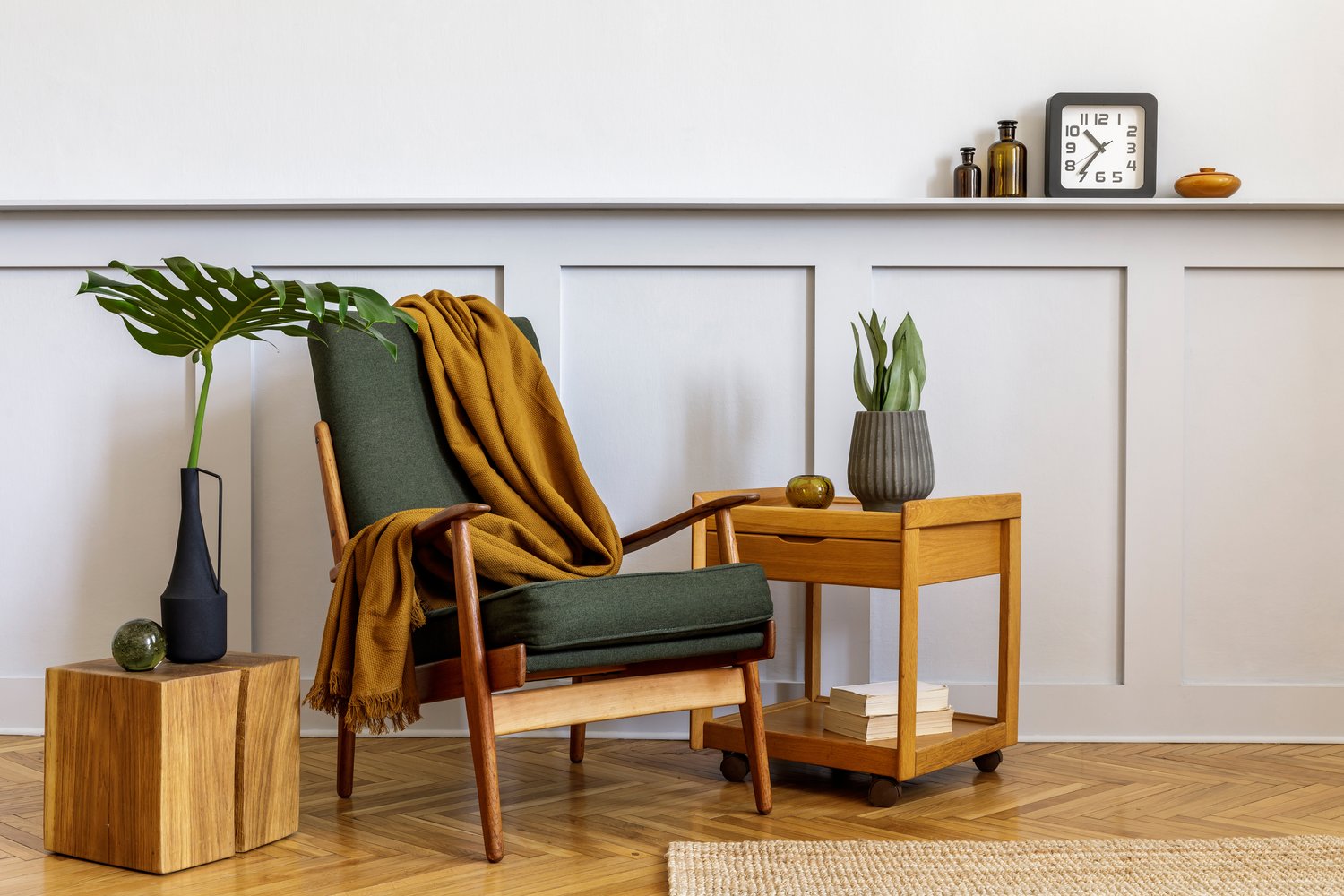Window treatments are essential elements that can transform any room from ordinary to extraordinary while providing practical benefits like privacy and light control. Selecting the right window coverings requires careful consideration of your specific needs, the room’s function, and your overall design aesthetic. This comprehensive guide will walk you through the process of choosing window treatments that perfectly balance functionality and style, exploring the differences between curtains, blinds, and shutters for every room in your home. With the right selection, your windows can become beautiful focal points that enhance your interior design while meeting your practical requirements.
Understanding Your Window Treatment Needs
Before diving into specific window covering options, it’s important to assess your priorities. Privacy concerns often top the list, especially for street-facing windows in bedrooms and bathrooms. Light control is another crucial factor—some rooms benefit from natural illumination while others, like media rooms, may require blackout solutions. Consider your home’s climate too; insulating window treatments can reduce energy costs in extreme weather conditions. The architectural style of your home should also influence your decision when choosing window treatments. A modern minimalist space might call for sleek blinds, while a traditional home could be enhanced with elegant drapery. Take time to evaluate each room individually, as different spaces often have different requirements.
Curtains: Soft Elegance and Versatility
Curtains remain one of the most popular window covering choices due to their versatility and ability to add softness to a room. Available in countless fabrics, patterns, and hanging styles, curtains can dramatically influence a room’s atmosphere. For living areas where you want to make a design statement, floor-length drapes with decorative headers create a sense of luxury and height. In kitchens and breakfast nooks, café curtains that cover only the lower portion of windows offer privacy while allowing plenty of light to filter through the top. When selecting curtains, fabric weight plays a crucial role in functionality—sheer fabrics diffuse light beautifully but offer minimal privacy, while heavier materials like velvet provide excellent insulation and light blockage. AskHomey offers expert advice on selecting the perfect curtain styles to complement your existing décor while meeting your practical needs.
Blinds: Precision Light Control and Clean Lines
The curtains vs blinds debate often centers around functionality, with blinds offering superior control over light entry. Horizontal blinds, whether aluminum, wood, or faux wood, allow precise adjustment of slat angles to redirect sunlight or block it entirely. Vertical blinds work particularly well for sliding doors and large window expanses, providing easy operation and maintenance. Cellular (or honeycomb) blinds offer excellent insulation properties with their unique pocket design that traps air, making them ideal for energy-conscious homeowners. Roller blinds provide a clean, minimal look perfect for modern interiors, while roman blinds combine the functionality of blinds with the soft appearance of fabric window treatments. When selecting blinds, consider the operation mechanism—cordless options offer both safety for homes with children and pets and a cleaner aesthetic.
Shutters: Timeless Elegance and Durability
For homeowners seeking long-lasting window treatments with architectural significance, various shutter styles offer compelling options. Interior plantation shutters with wide louvers have become classics in home design, adding value to properties while providing excellent light control and privacy. These permanent fixtures become part of your home’s architecture rather than mere decorative elements. Café-style shutters cover only the lower portion of windows, ideal for street-level rooms where you want privacy without sacrificing natural light. Full-height shutters cover the entire window and often feature a divider rail allowing independent operation of top and bottom sections. Tier-on-tier shutters consist of two sets mounted one above the other, offering maximum flexibility. While shutters typically represent a higher initial investment among window covering options, their durability, classic appeal, and minimal maintenance requirements make them worth considering as the best window coverings for long-term value.
Layering Window Treatments for Maximum Effect
For rooms requiring versatility, consider layering different window treatments. Combining sheer curtains with blackout drapes provides options ranging from filtered light to complete darkness. Adding decorative valances over blinds or shutters introduces color and pattern while maintaining the functional benefits of the underlying treatment. In bedrooms, layering becomes particularly valuable—privacy sheers for daytime use paired with room-darkening panels for sleep. This approach allows you to address multiple needs with a single window setup while creating visual depth that enhances your interior design.
Selecting the Right Window Treatments by Room
Each room has unique requirements that influence the optimal window covering choice. Kitchens benefit from moisture-resistant, easy-to-clean options like vinyl blinds or shutters that won’t absorb cooking odors. Bathrooms require privacy-focused treatments that can withstand humidity—vinyl shutters or water-resistant roller blinds work beautifully here. Living rooms often benefit from layered treatments that can adapt to different activities and times of day. Bedrooms typically prioritize light blockage for better sleep, making blackout curtains or room-darkening cellular shades excellent choices. Home offices need glare reduction for computer screens while maintaining adequate natural light for productivity and wellbeing.
For more tips and to connect with reliable home service professionals, follow AskHomey on Facebook and Instagram.



